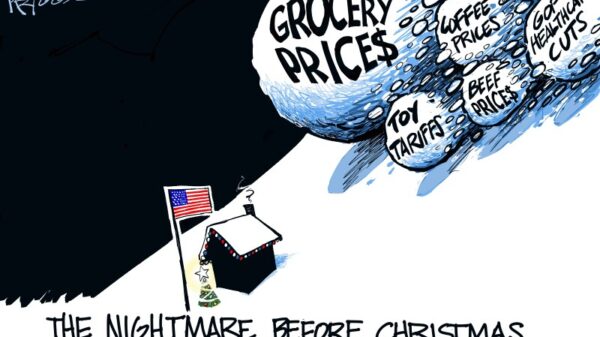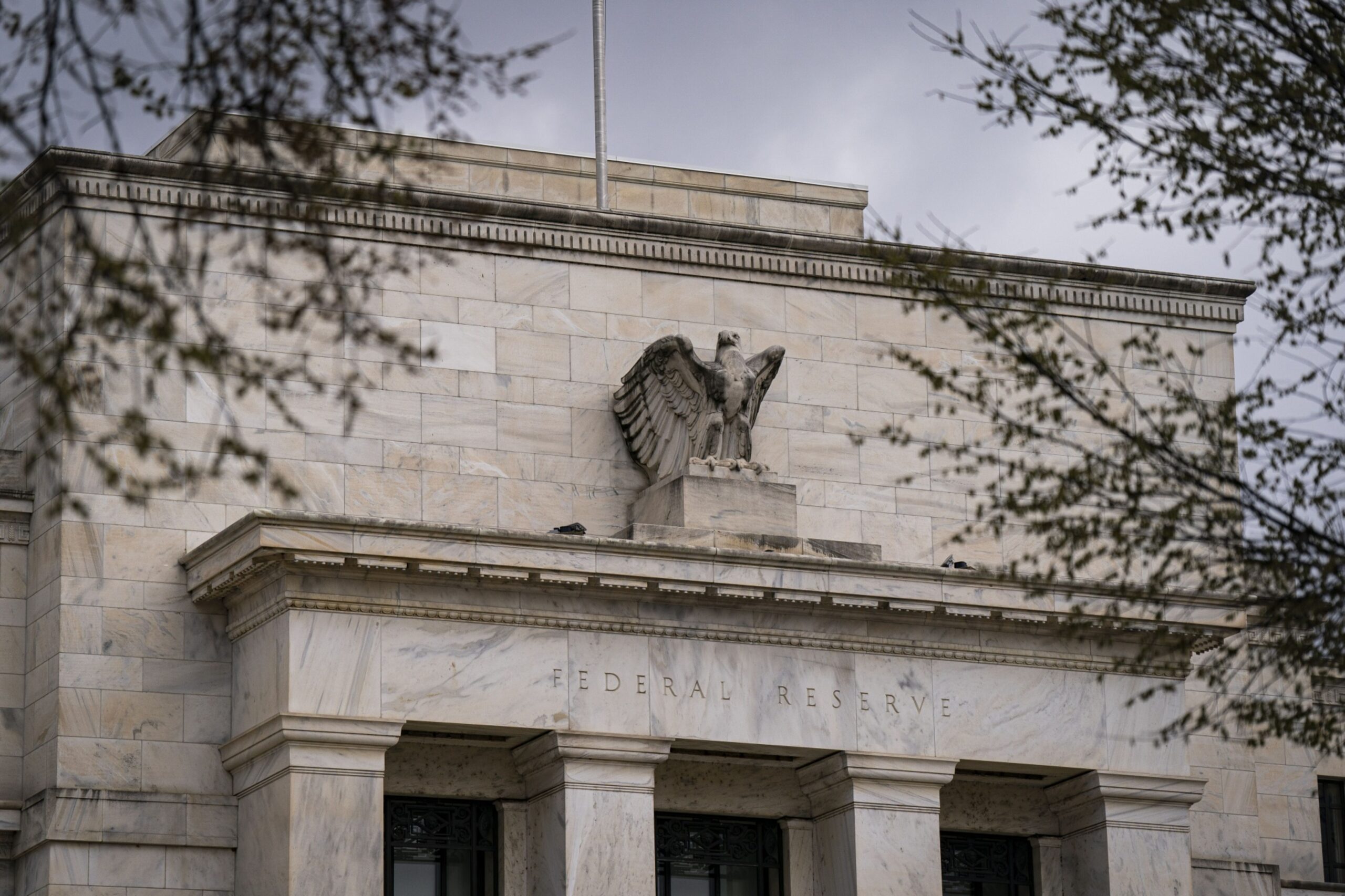The recent decision by the Federal Reserve to reduce the enhanced supplementary leverage ratio (eSLR) has raised significant concerns regarding the future competitiveness of community banks in the United States. This policy change, which is designed to ease capital requirements for the largest banks, may exacerbate the challenges faced by smaller financial institutions, potentially undermining their ability to compete effectively.
The eSLR mandates that major banks maintain a minimum level of capital in relation to their total leverage exposure, which encompasses both on-balance and off-balance sheet items. This requirement aims to minimize the risk of failure during economic downturns. The Fed’s move to cut this ratio signals a strategic shift towards prioritizing larger banking entities, which could further entrench the dominance of major players in the financial sector.
Community banks, which represent approximately 97% of the 4,593 banks operating across the U.S., play a crucial role in local economies. They are responsible for a significant portion of the nation’s small-business loans, accounting for 35% of all small-business lending, 30% of commercial real estate loans, and 70% of agricultural loans. This policy shift poses a threat not only to their survival but also to the economic fabric of the communities they serve.
As the larger banks benefit from increased capital availability, they are poised to expand their lending capabilities. Wells Fargo Chief Executive Charlie Scharf recently expressed optimism about the regulatory changes, suggesting that they would allow his bank to “compete more effectively.” This sentiment is echoed across the industry, with expectations that the largest banks will aggressively pursue market share by lowering loan rates and enhancing product offerings.
The implications of this policy are profound. The Big Four banks—JPMorgan, Bank of America, Citigroup, and Wells Fargo—already account for 44% of the industry’s total profits. If the eSLR is reduced, these institutions may further consolidate their market power, directly impacting the customer bases of community and regional banks.
In addition to enhanced lending capabilities, larger banks are likely to invest heavily in technology. For instance, JPMorgan has allocated $18 billion for technology improvements this year alone, allowing them to upgrade their services and maintain a competitive edge. Community banks, in contrast, often lack the financial resources to pursue similar technological advancements, leaving them at a disadvantage.
The recent easing of capital requirements comes on the heels of successful stress tests for twenty-two of the largest banks, which could pave the way for even more regulatory relief. Jerome Powell, the Chair of the Federal Reserve, has indicated a desire for a “fresh start” in regulatory standards, suggesting that further cuts to capital requirements may be on the horizon. This trend raises questions about the Fed’s commitment to preserving a diverse banking ecosystem.
Back in February, Michelle Bowman, the Fed’s Vice Chair, emphasized the importance of community banks to the U.S. economy. Yet, the current regulatory direction raises concerns about whether the central bank’s actions align with this viewpoint. The proposed reductions in capital requirements seem to favor the largest banks, allowing them to expand their reach and enhance their technological capabilities while sidelining the community banks that are vital to economic stability.
As the landscape of the banking sector continues to evolve, the future of community banks hangs in the balance. Without a strong commitment from the Federal Reserve to prioritize the interests of smaller institutions, the potential for detrimental impacts on the financial ecosystem remains high. The need for a balanced approach to regulation has never been more critical, as the health of community banks is not just a matter of competition, but a fundamental aspect of the broader economic framework.






































































